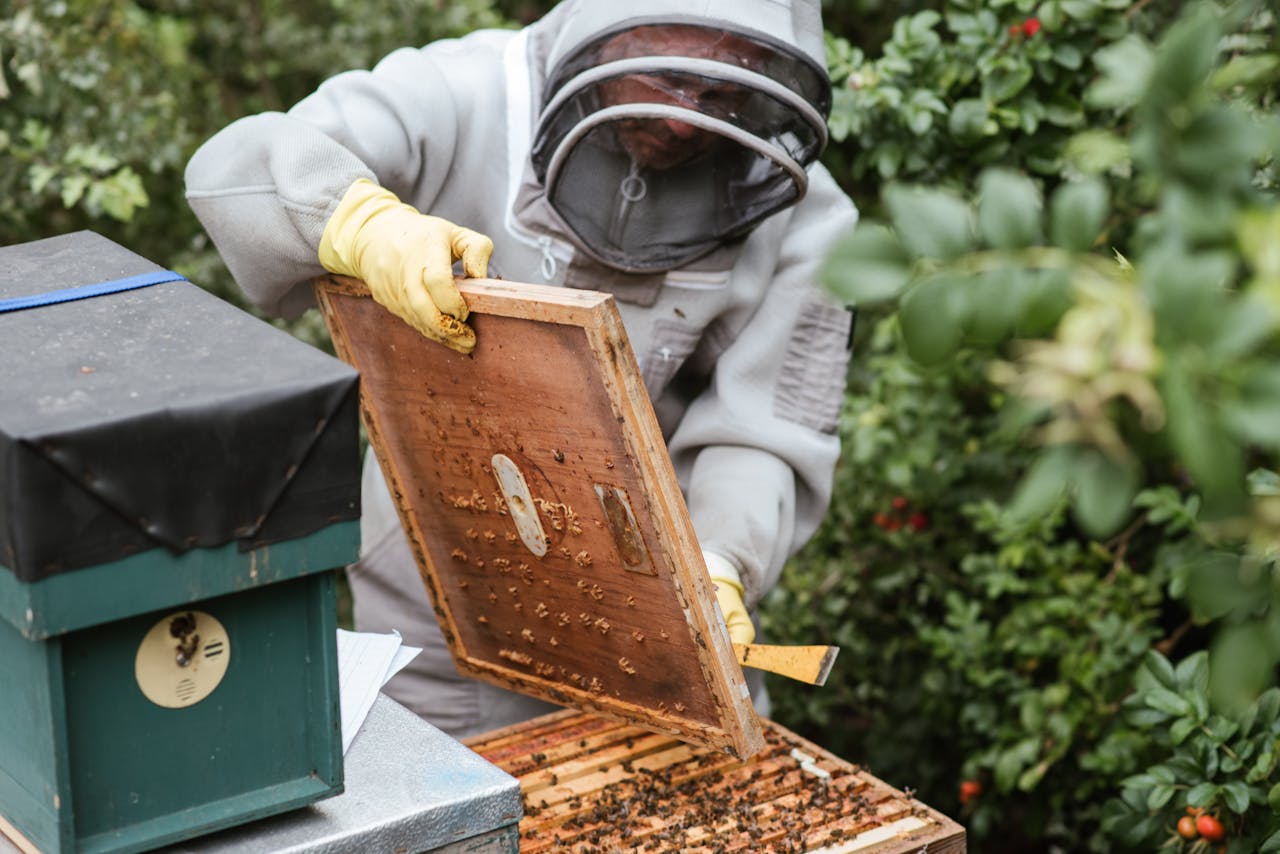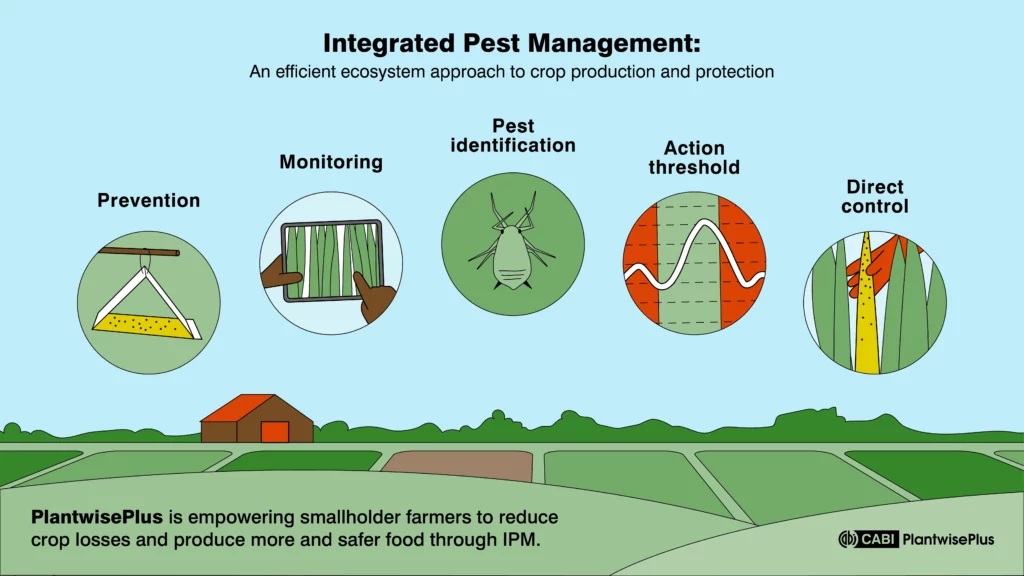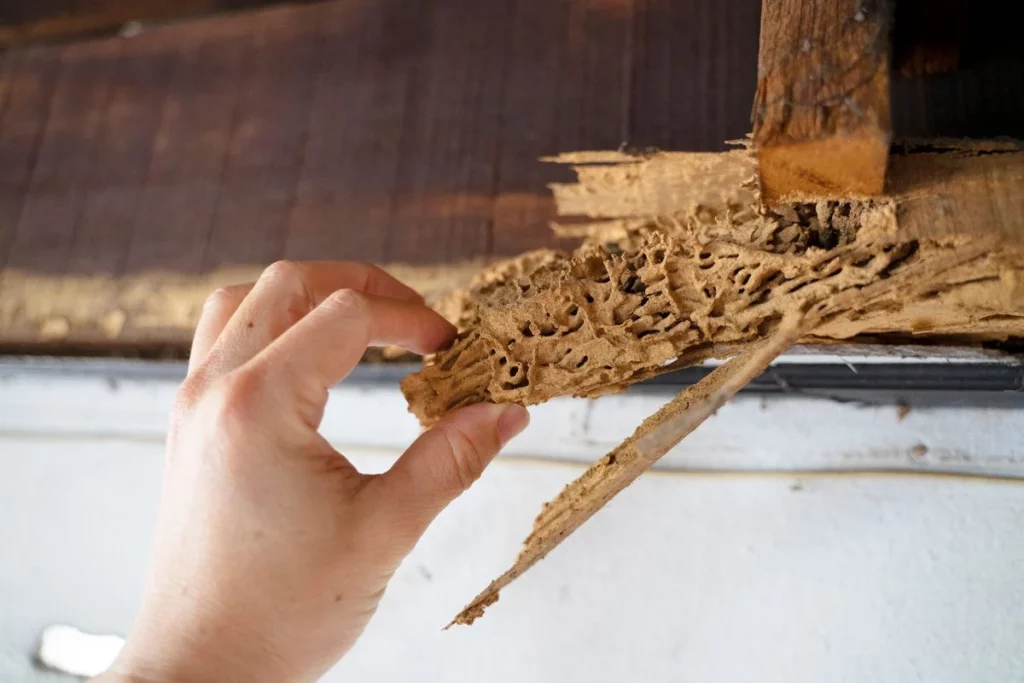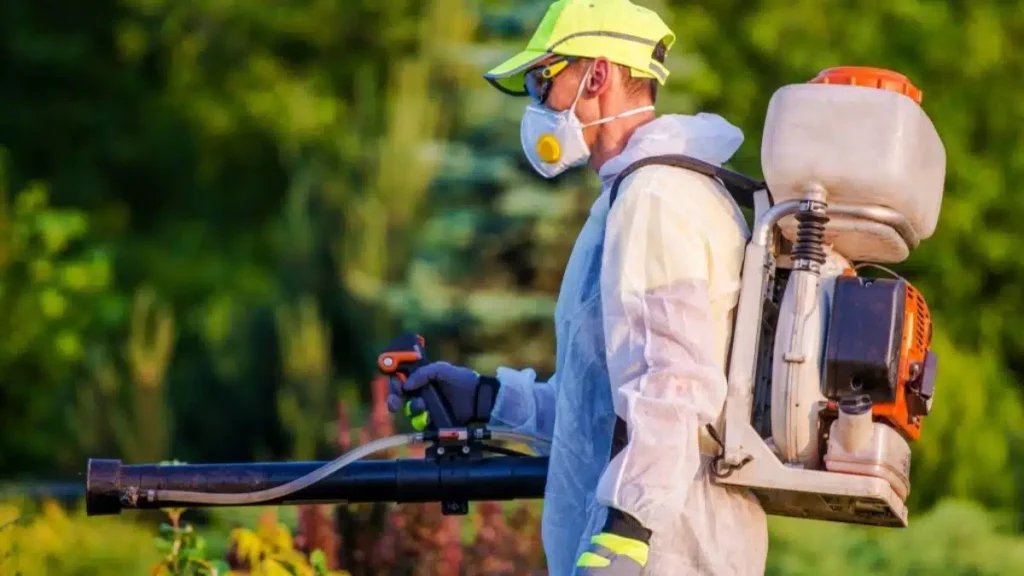Safe and Reliable Pest Control Services
Protecting Logan homes and businesses with effective pest management solutions you can trust, Logan Pest Management offers safe, reliable, and tailored treatments for a wide range of pests. Our expert team is committed to delivering long-term results using environmentally friendly methods, ensuring your property stays pest-free and your peace of mind remains intact.

Our Services
Comprehensive Pest Control Solutions for Every Need
Keep Your Property Pest-Free Today!
Why Choose Us
Exceptional Value and Reliable Pest Control Services
Our Process
How We Ensure Effective Pest Control
Client Feedback
What Our Customers Are Saying

Recent Blogs
Signs You Need a Termite Inspection in Sydney – Don’t Ignore These Clues
Termites are often referred to as the ‘silent destroyers’ of the pest world, and for…
How to Choose the Right Termite Treatment in Sydney for Your Home
Termites are a significant concern for homeowners in Sydney, given the region’s warm climate and…

